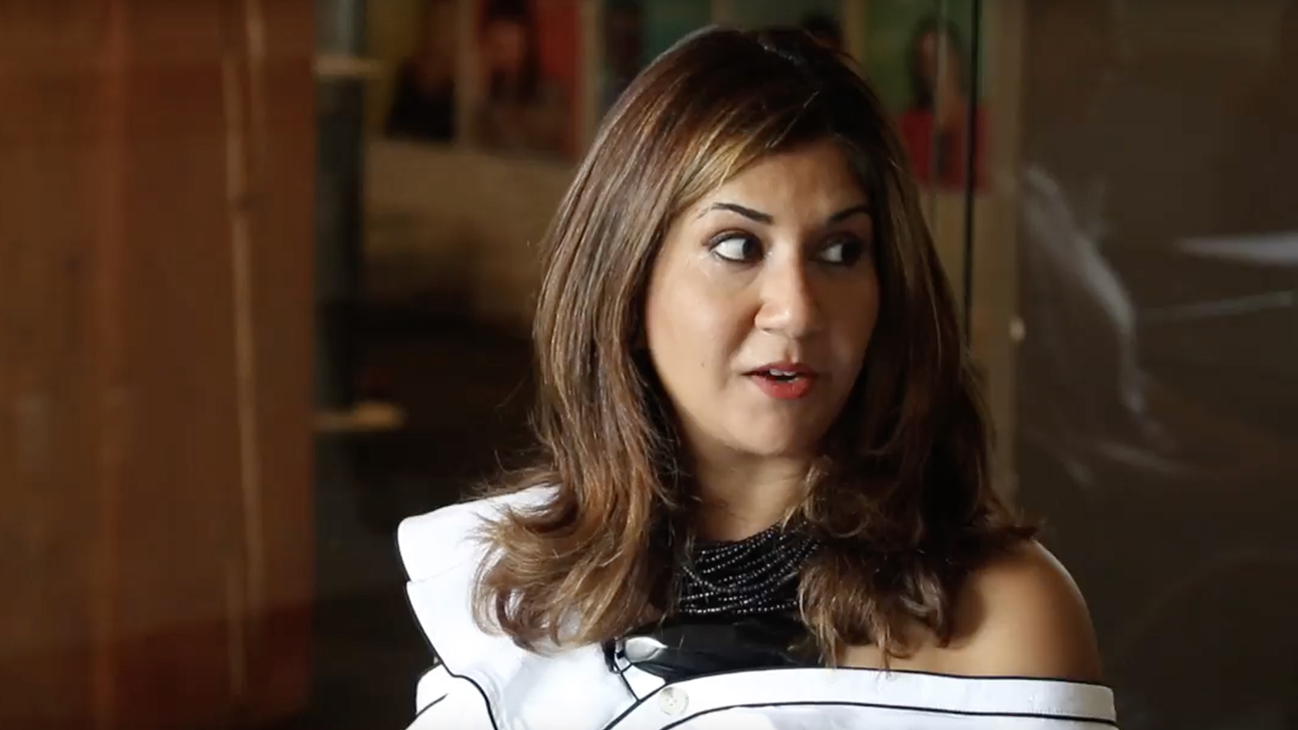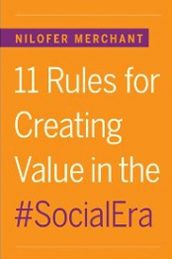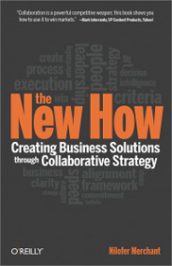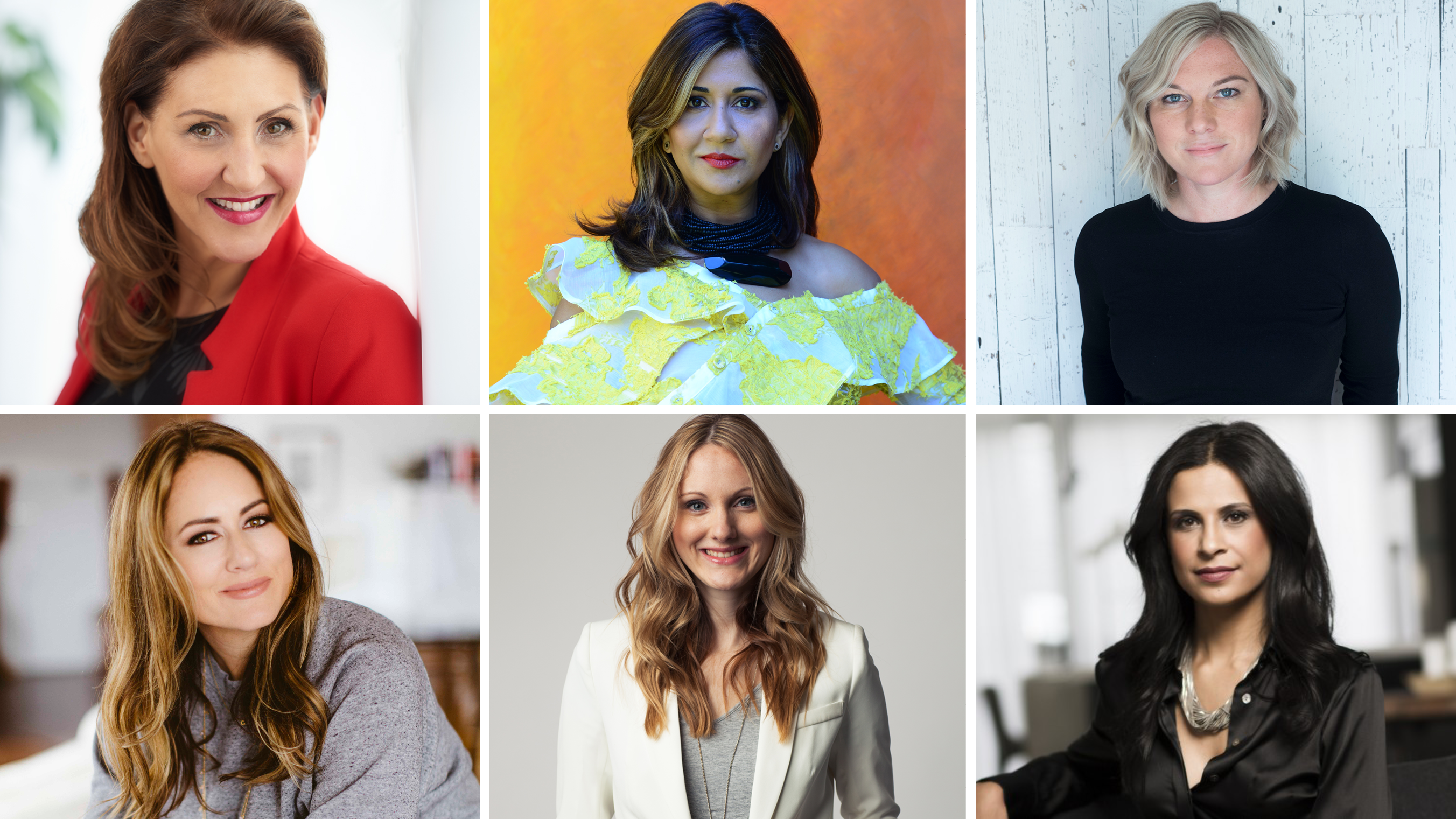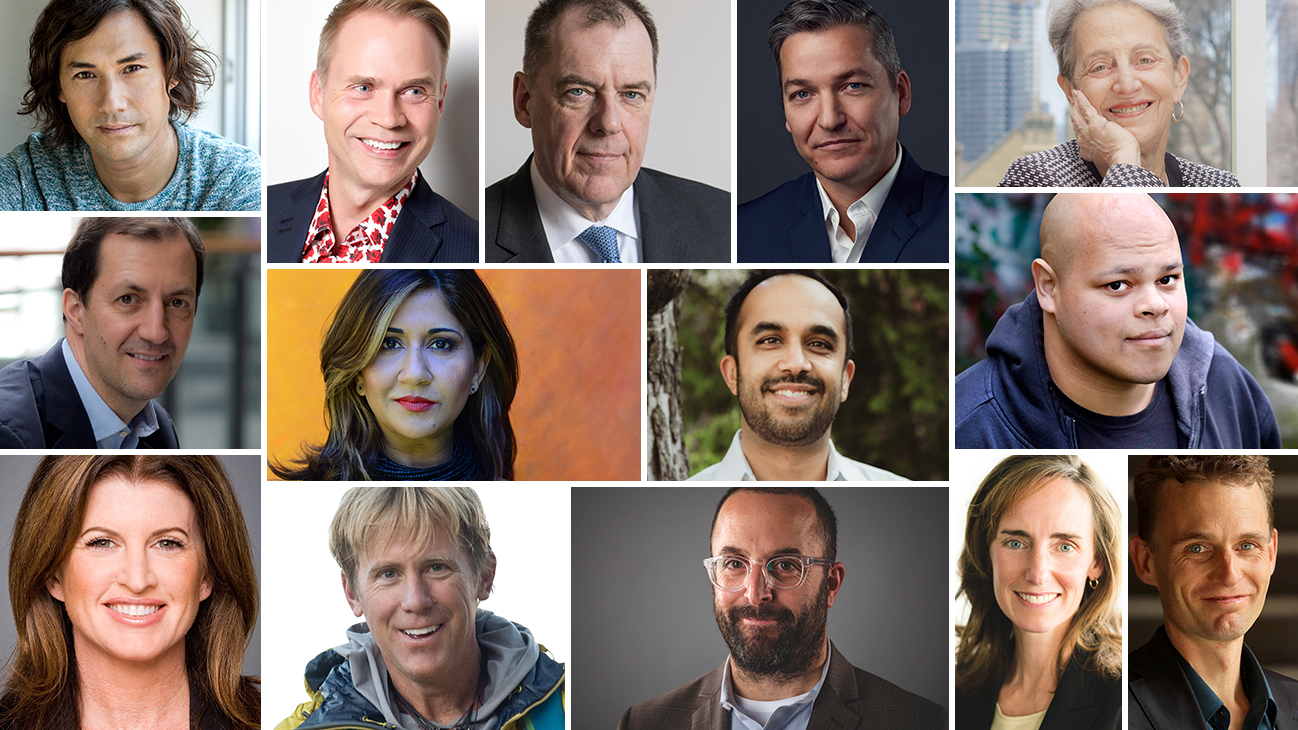Background and Context:
Today’s successful leaders have to both manage the present and invent the future. On its surface that seems relatively obvious until you consider what “the present” now looks like — dynamic, every changing, always on, personalized everything, unpredictable, all the content, all the public opinion, all the conversation with minutes to react/respond.
As much as this is true in the consumer marketplace, it holds true in the commercial market places also. Business tenants that once stood still, don’t. “Sustainable advantages” have gone from 40-year time horizons, to 12 years in slow-moving industries and 5 years in fast-moving ones. The rules of creating value in the social era often use a different set of business models and mindsets.
Often, maybe even always, leaders take the standards they have for their current business and use that to measure the new model. This limits growth and innovation. To manage the present, you must optimize for today, and create efficiencies. To invent the future, you must take risks, and be bold. You don’t get to pick one or the other. Yet, to do both, is by definition, a paradox. It takes more than being willing to innovate or having the necessary budget (though these two are, of course, necessary).
One of the most difficult tasks for corporate innovators is to learn how to unlearn the legacy business models and mindsets they have perfected. This modern-day challenge will not go away by itself. Rather we must face into the paradox and resolve it.
Workshop Goals and Outcomes
To develop leaders more able to innovate, we must build the muscle of organizational courage to change that which needs to be changed. To do so, we’ll create a multi-sensory high impact workshop tailored for an executive leadership team. Outcomes include:
- Shared understanding the cultural norms that limit innovation today.
- Develop a perspective on how market trends necessitate a change
- Defining what the organizational leadership needs to ‘unlearn” (1-3 items)
- Mastering the art of unlearning for (minimum) 1 agreed-upon item.
- Increase in organizational motivation and overall enthusiasm to change that which needs to be changed.
Workshop Structure:
This workshop kick starts that process of unlearning by explicitly recognizing what metrics, methods, or assumptions are from the past and not necessarily useful for the future. We’ll also use stories, artifacts, and discussions that happen in the moment to build organizational courage and fearlessness. Workshops are a private and safe way for a set of leaders or colleagues to work through things and enact new choices.
Five Phases of Workshop:
- Cultural Barriers to Innovation via Artifacts.
- Discussion of current culture and leadership.
- Social Era Framework & Discussion, “what could it mean for us?”
- Developing new Artifacts as representative of cultural shift.
- Action Planning.
Module 1: Identify your Cultural Barriers to Innovation
Participants are asked to bring one artifact (could be an object, picture, story but ideally a physical thing etc…) to describe the current state of innovation at the firm. Humans are hard wired to think in terms of stories, and artifacts make the current culture tangible.
- Each participant gets to share their artifact, and what it signifies to them.
- Engagement starts early.
- Acknowledge/celebrate your current state includes accomplishments, strengths, abilities, passions, and values.
Deliverables
- Developing shared understanding of “present state”.
- Making cultural aspects tangible and named. This gives language to facilitate change.
- Creation of innovation assets because working from a place of strength encourages risk taking to change.
Module 2: Reflection / Discussion
- Pair up with someone they don’t already know.
- Do a 15-20-minute walk ’n talk around property to reflect on what they learned (what shifted or what they can now name) about the current culture. Introverts can choose to do a solo quiet walk.
- Come back into group to discuss what — if anything– they would change to create a culture of innovation.
Deliverables
- Development of shared effort happens in small group.
- Commitment level to change starts by explicitly saying what they believe needs to be changed.
- Start to map change factors into
- Talent (who), Purpose (why) and Culture (how).
Module 3: Innovation in the Social Era
- Share the role of collaboration within an enterprise, and with the marketplace as central to value creation in the Social Era. Case studies include more established firms such as IBM, Apple, REI, Zappos, but also lesser known companies like Quirky, TED, and Singularity University. (Nilofer Merchant presents content)
- Discuss the ethos and underlying cultural frameworks that are fueling innovations by others.
- Identify useful cultural norms that are already used as well as those that are not used today.
Deliverables
- Identification of new frameworks and shared language.
- Development of new options.
Module 4: Fuel your Innovation Roadmap
New artifact exercise – what is it that will symbolize culture of innovation?
Identify what needs to be managed to create change? What metrics, assumptions, beliefs…
- for personal courage.
- for organization courage.
Deliverables
- Shared envisioning / ‘our company’ as fearless culture of innovation.
- Artifact identification as symbols of change.
- Identify the frame that resolves paradox of managing current business while inventing the future.
(overnight break recommended)
Module 5: Action Planning
- Discuss any reflections / observations.
- The dos and don’ts of building trust within the organization, which is key to taking risks, and being vulnerable to change.
(Trust module is presented by Nilofer Merchant)
Identify next steps.
Deliverables
- Commitment.
- Understanding of trust constructs that enable organizational courage.







